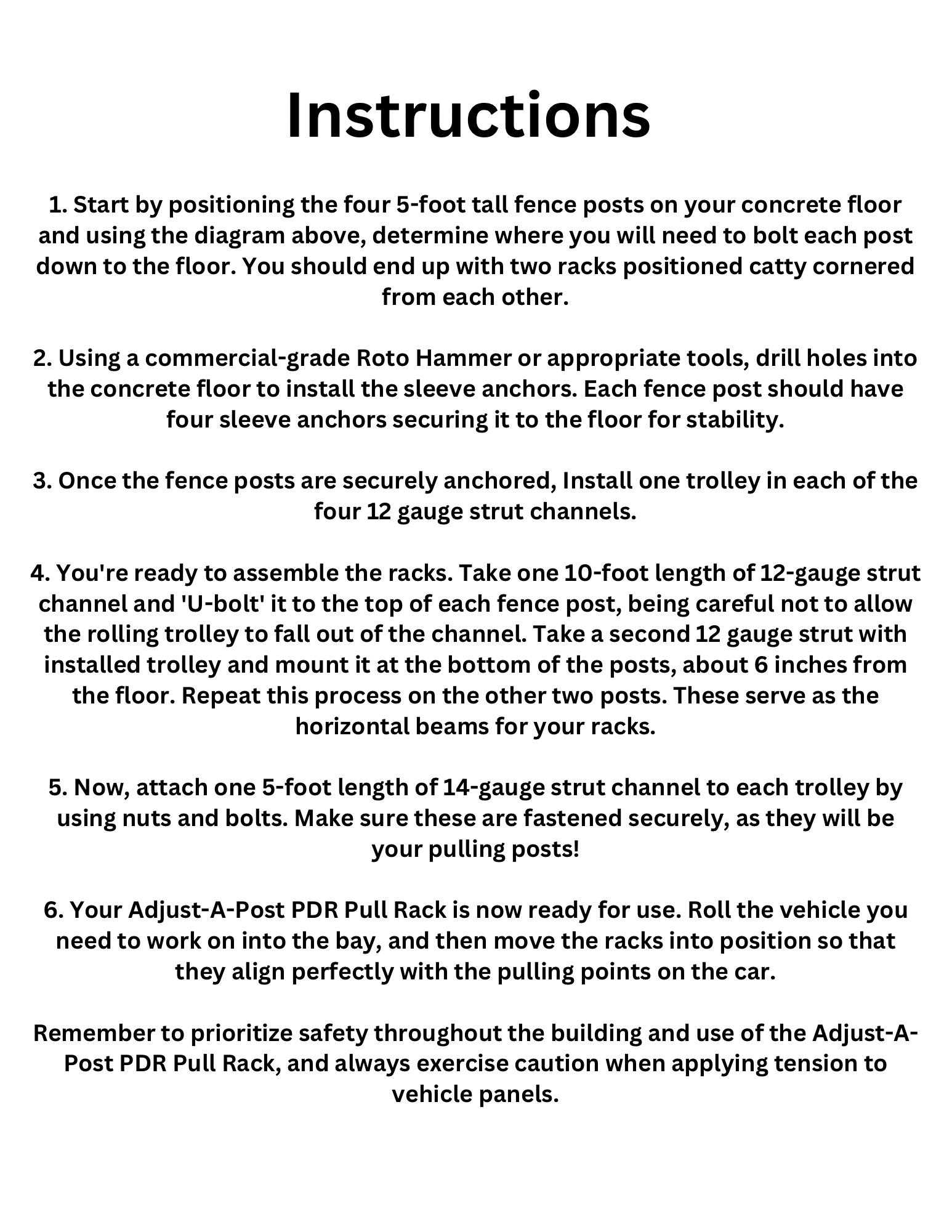My client reached out to me after he spotted a tiny dent on his brand new Genesis SUV. Now to be fair, I understand that many people would not be bothered by a tiny indentation like the one on this beautiful GV70. Here at Dent Evo though, we specialize in picky. Because we are picky! And we know you are too, which is why you’re even reading this!
In this video I’ve done my best to give you a Dent Evo Technician’s eye view of the situation. Once again utilizing the reflective lines of my state of the art Paintless Dent Removal (PDR) light. Watch carefully as you can see the lines go from a circular shape to a “pinched together” shape. Then eventually completely straight.
Glue Pull Dent Removal (GPDR)
For this repair I opted to use the glue pull method. This is where we temporarily adhere a small, plastic tab to the dent. We then attach a lifting device to the tab and then pull back. Moving the metal outward in the process. Followed by gently tapping down the raised metal. We repeat this process until it’s completely flat. In this particular case, I chose to use a custom PDR slide-hammer as my lifting device to attach to the tab.
Calculated Risk
The glue pull method does not come without inherent risk. Yanking too hard, on the wrong place at the wrong time can result in paint failure. This is when the car’s paint may literally chip right off the door panel. It can happen in the shape of a tiny nick, or even a large cornflake. It can separate the clear coat from the paint, leaving an irregular spot of “matte finish”. Or it can pull paint right off the car, revealing factory primer or even bare metal underneath. Regardless, it’s not a good thing, and it’s the last thing I wish to do to my client’s new car!
The Right Sequence
If you notice, I pull back gently on the tab several times, moving little bits of the metal incrementally. This as opposed to just violently yanking as much metal out as possible. Additionally, you can see in the video that I started pulling nearest the leading edge of the door. It’s even more crucial that I pull gently. Paint at the edges and corners is typically thinner, even from the manufacturer! This is due to how the paint settles as it was sprayed onto the panel.
Pulling from the edge and working my way backward also helps by releasing any pressure along the edge first. Moving the metal in the reverse order could likely cause tension lock within the panel. This would make it very difficult to remove cleanly and effectively. Reducing our shallow, broader dent into a tighter diameter ding right next to the edge. Creating a scenario where more aggressive movement of the metal is required, thus introducing more risk of paint failure.
Additionally, pulling the tab while the glue is still relatively tacky, lessens the chance of paint failure. This is called a “wet pull”. I also use this method when working on older, more brittle paints or paint finishes that have been compromised. Using the wet pull technique is essentially taking baby steps in order to once again mitigate any risks. In this case because we were working so close to that edge. This is why a proper, mindful assessment of the damage, even for the tiniest of dings, is so critical.
Push or Pull
If you’ve watched past videos of my repairs, you may have seen me working down through the window channel. This is where I slide a felt lined window guard safely down the door. Gently fitting it between the glass and the outer shell (skin) of the door. This allows me to carefully slide a pdr rod down into the door. Followed by twisting the tool, leveraging it against the window guard and thus moving the dented metal back into shape.
At the beginning of the video you may notice the window rolling down. Initially I checked for access behind the dent but determined it was a bit too tight to fit a tool safely down the door. The glue pull process deemed to be the best solution, although utilizing it as gingerly as possible.
Dent Different
Can you believe that some so called PDR experts will literally drill a hole in the edge of the door in order to access a dent like this? They then proceed to stick a tiny pdr rod into the door edge. Speedily twisting the tool, leaving poc marks and a pimply appearance where the dent was. We call this “Dent Different”. They don’t fix the dent, they just make it look different. Personally I think I’d rather live with the dent!
The Cost
Price for a dent like this is determined by size, location (on vehicle), and accessibility. Here’s the breakdown of this repair:
Size: 1 INCH
Location: Leading Edge RRD
Access: GLUE PDR
TOTAL: $306.25
In closing, I really enjoyed making this video because it shows the very basic fundamentals of metal movement during the PDR process, when performed correctly.
If you have a dent and you are near the Claremont / Upland areas, feel free to have us take a look at your dent or ding. You may click the button below to see the types of dents we fix as well as the cost for each one. And of course if you have any questions about anything PDR, don’t hesitate to reach out!








